Autism Spectrum Disorder (ASD) is a neurodevelopmental condition that continues to pose a significant health challenge worldwide. A 2021 study revealed that one in every 127 people globally, equivalent to approximately 6.18 crore individuals, lives with autism. This condition ranks among the top 10 causes of non-fatal health burdens in individuals under 20 years of age, highlighting the urgent need for awareness, early detection, and effective support systems.
What Is Autism Spectrum Disorder?
Autism is characterized by difficulties in social interaction, communication, and repetitive behaviours. While symptoms can vary widely among individuals, some common early signs include avoiding eye contact, failing to respond to one’s name, and showing delays in non-verbal communication. These signs often become noticeable as early as 12 months of age, making early detection crucial for effective intervention.
The study, published in The Lancet Psychiatry, sheds light on the widespread impact of autism. Using data from the Global Burden of Diseases (GBD) Study, researchers estimated that autism affects 61.8 million people worldwide. The prevalence notably higher among males, with 1,065 cases per 100,000 men compared to 508 cases per 100,000 women.
Geographically, the prevalence of autism varied significantly. High-income regions in Asia Pacific, such as Japan, reported the highest rates, with 1,560 cases per 100,000 people. In contrast, regions like Tropical Latin America and Bangladesh recorded the lowest prevalence. These disparities emphasize the need for a deeper understanding of how autism prevalence varies across different regions and socioeconomic conditions.
Why Early Detection Matters
The importance of identifying autism early cannot be overstated. Early detection allows for timely intervention, which can significantly improve outcomes for individuals on the autism spectrum. Interventions often focus on enhancing social and communication skills, as well as managing behavioural challenges.
Children who receive support during their formative years are more likely to develop skills that help them integrate into society, pursue education, and even secure employment in the future. This highlights the critical role of awareness campaigns, regular paediatric check-ups, and accessible diagnostic tools.
Living with autism comes with unique challenges, not only for the individuals diagnosed but also for their families and caregivers. Many families struggle to access adequate healthcare, educational resources, and financial support. The burden is even greater in low-income countries where resources are scarce, and awareness about autism is limited.
Caregivers often face emotional and physical exhaustion, compounded by societal stigma and a lack of understanding about the condition. This makes it imperative for governments and healthcare organizations to prioritize support systems for both autistic individuals and their families.
One of the striking findings from the study is the significant gender disparity in autism diagnoses. The prevalence among males is more than twice that of females. While biological factors may contribute to this difference, researchers also point to potential biases in diagnostic criteria that may overlook autism in females.
Girls with autism often exhibit different behavioural patterns than boys, which can lead to underdiagnoses. For instance, girls may be better at masking their symptoms, making their condition harder to identify. Efforts to address this disparity should include revising diagnostic tools to ensure they are inclusive and sensitive to gender differences.
The study highlights notable geographic differences in autism prevalence. High-income regions, where healthcare systems are more developed, tend to report higher prevalence rates. This is likely due to better access to diagnostic tools and greater awareness about the condition.
In contrast, low-income regions may underreport cases due to a lack of resources and societal stigma surrounding developmental disorders. These findings call for global efforts to bridge the gap in autism awareness and healthcare access.
What Can Be Done?
The study’s authors emphasize the need for targeted interventions to address the unique needs of autistic individuals across different regions. Here are some key strategies:
1. Improving Awareness: Public education campaigns can help dispel myths about autism and reduce stigma. Increased awareness can encourage parents to seek early diagnosis and intervention for their children.
2. Enhancing Diagnostic Accuracy: Efforts should be made to improve the accuracy of autism diagnoses, especially in underrepresented regions and populations. This includes training healthcare professionals and updating diagnostic criteria to account for gender and cultural differences.
3. Investing in Support Services: Governments and organizations must allocate resources to develop support services for autistic individuals and their families. This includes access to specialized education, therapy, and financial assistance.
4. Promoting Research: Further research is needed to understand the factors contributing to geographic and gender disparities in autism prevalence. Such studies can inform policies and interventions tailored to specific populations.
5. Building Inclusive Societies: Creating inclusive environments in schools, workplaces, and communities can help autistic individuals lead fulfilling lives. This involves promoting understanding, acceptance, and accommodations for their unique needs.
The study serves as a wake-up call for policymakers, healthcare providers, and society at large. Autism is not just a medical condition but a social issue that requires a holistic approach. By prioritizing early detection, addressing disparities, and investing in support systems, we can create a world where every individual on the autism spectrum has the opportunity to thrive.
Autism affects millions of people worldwide, yet it remains a misunderstood and under-addressed condition. The findings from the 2021 study highlight the urgent need for action to improve the lives of autistic individuals and their caregivers.
From early detection to global awareness campaigns, every effort counts in making the world more inclusive and supportive for those on the autism spectrum. As we move forward, let us remember that understanding and compassion are the first steps toward change. Autism is not a limitation, i
t is a different way of experiencing the world, and it deserves our respect and support

 From early detection to global awareness campaigns, every effort counts in making the world more inclusive and supportive for those on the autism spectrum.
From early detection to global awareness campaigns, every effort counts in making the world more inclusive and supportive for those on the autism spectrum.




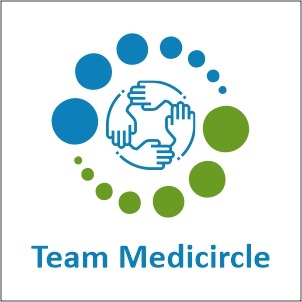





.jpeg)

.jpeg)
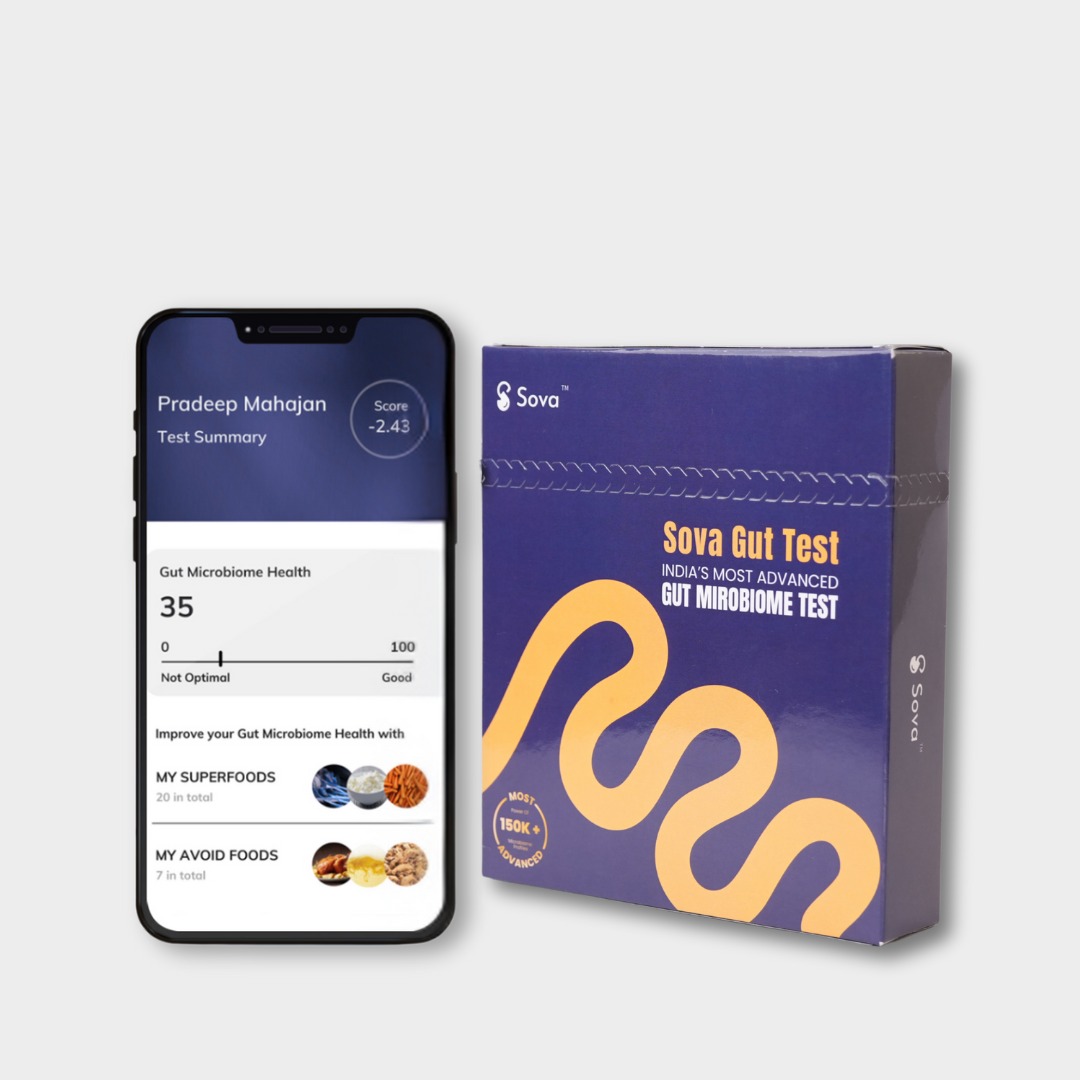
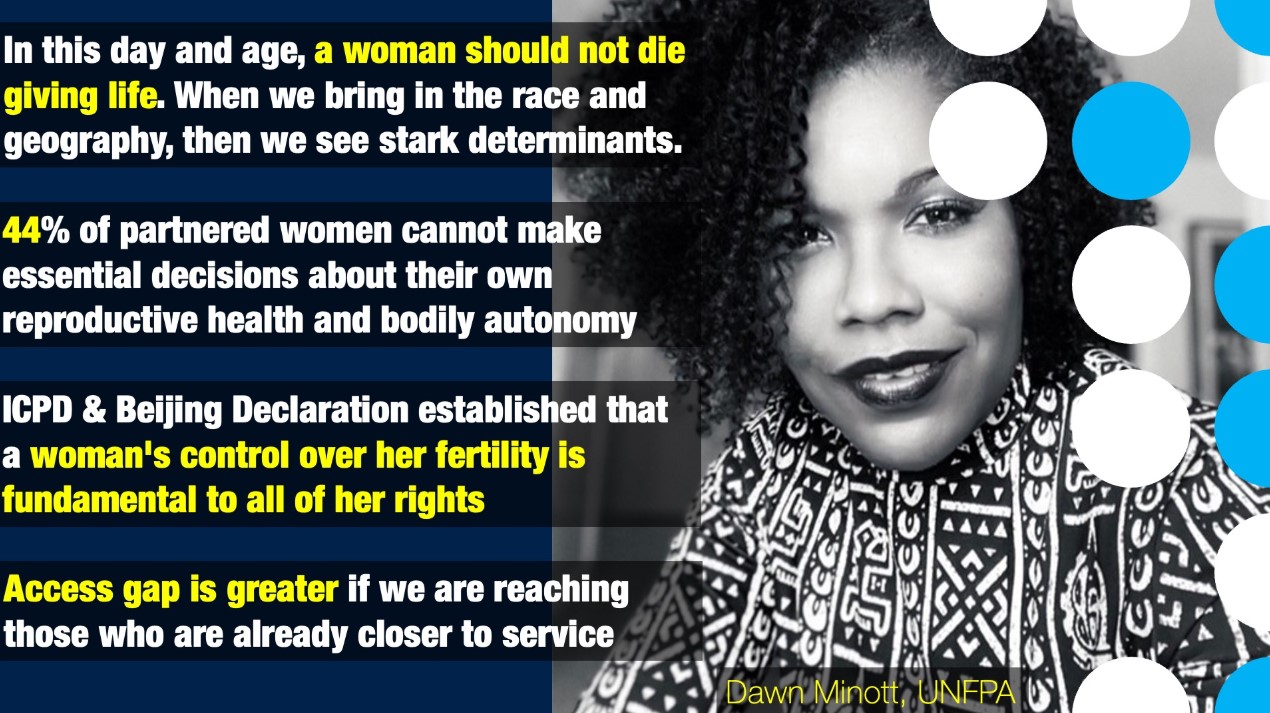




.jpeg)



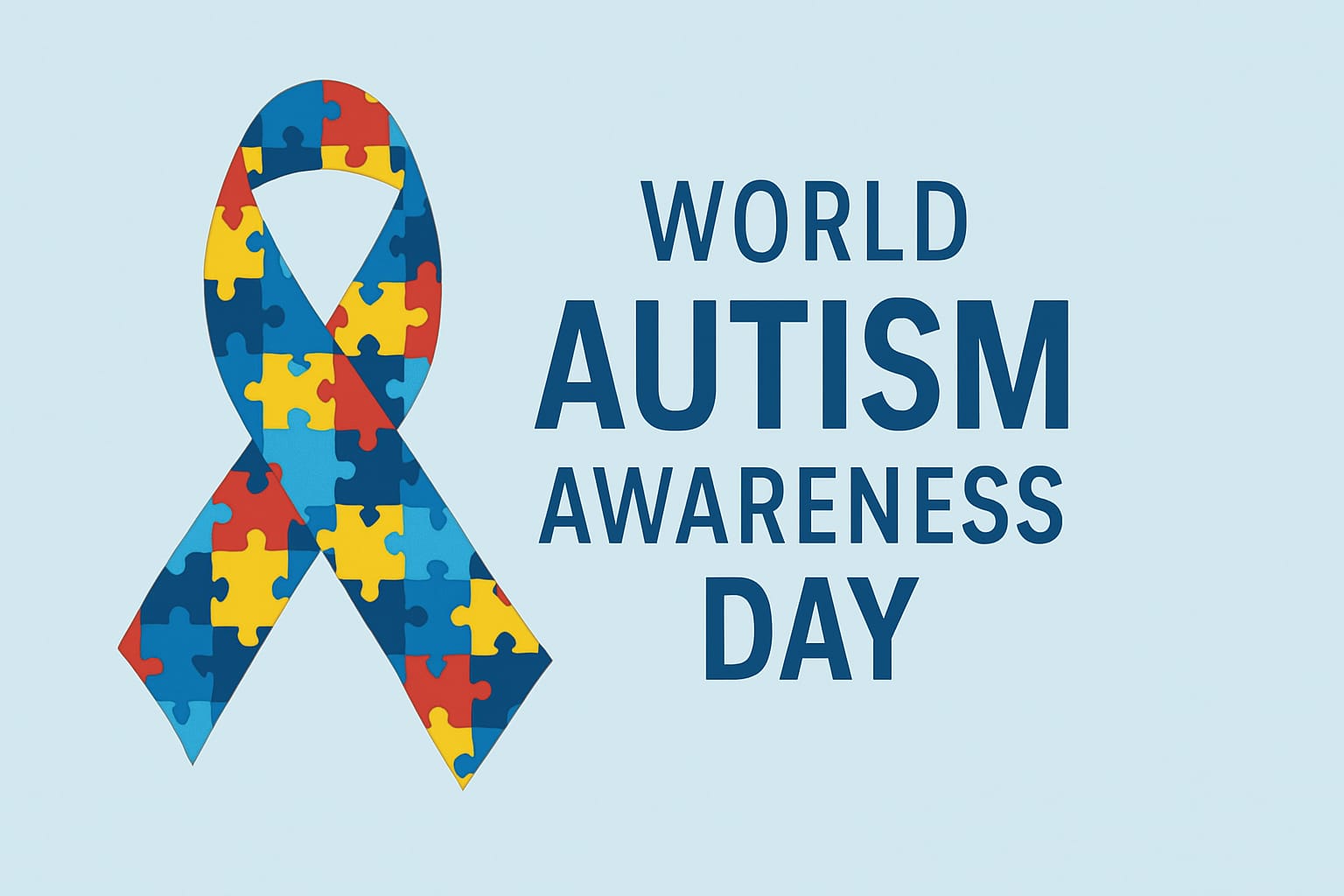

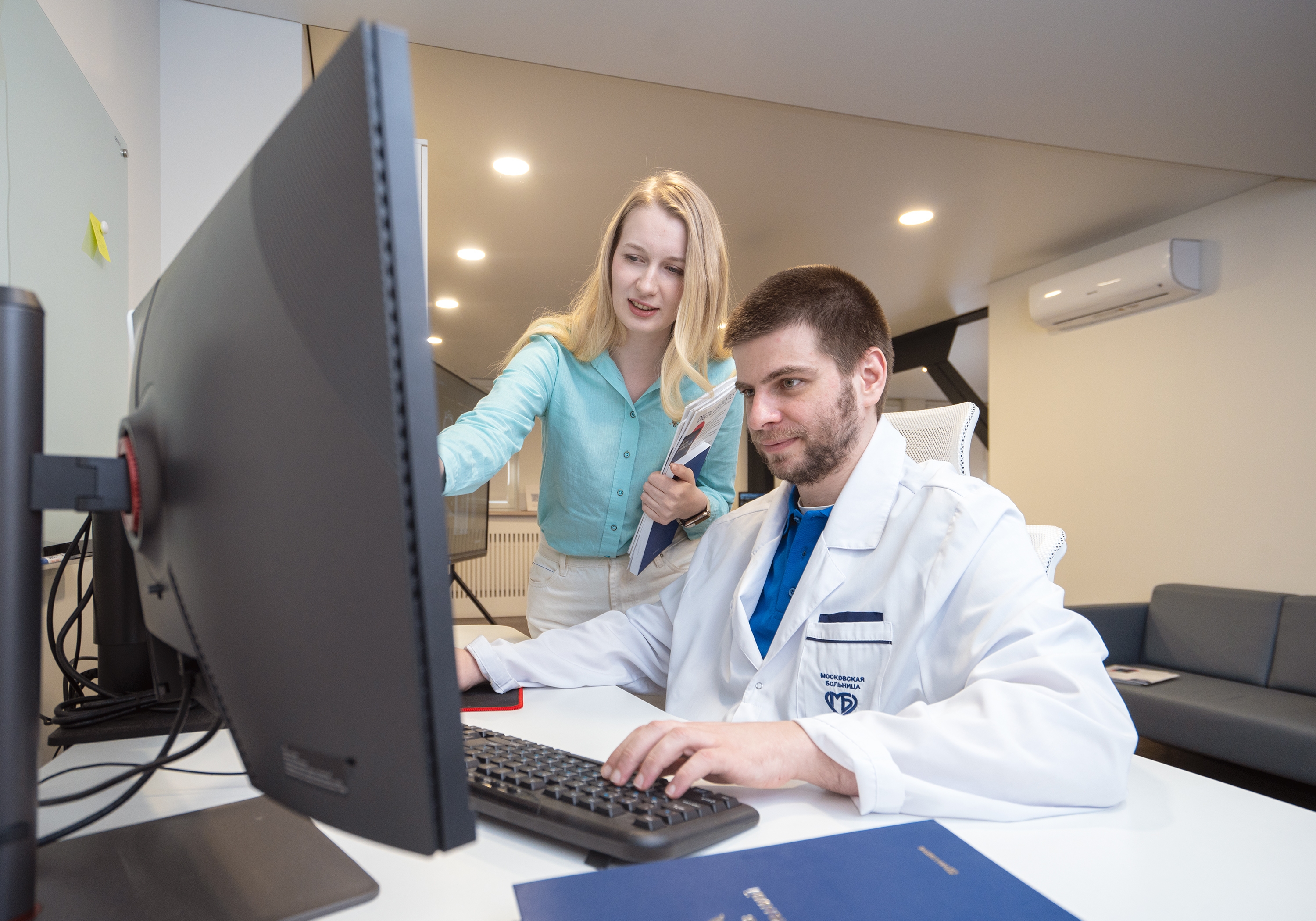
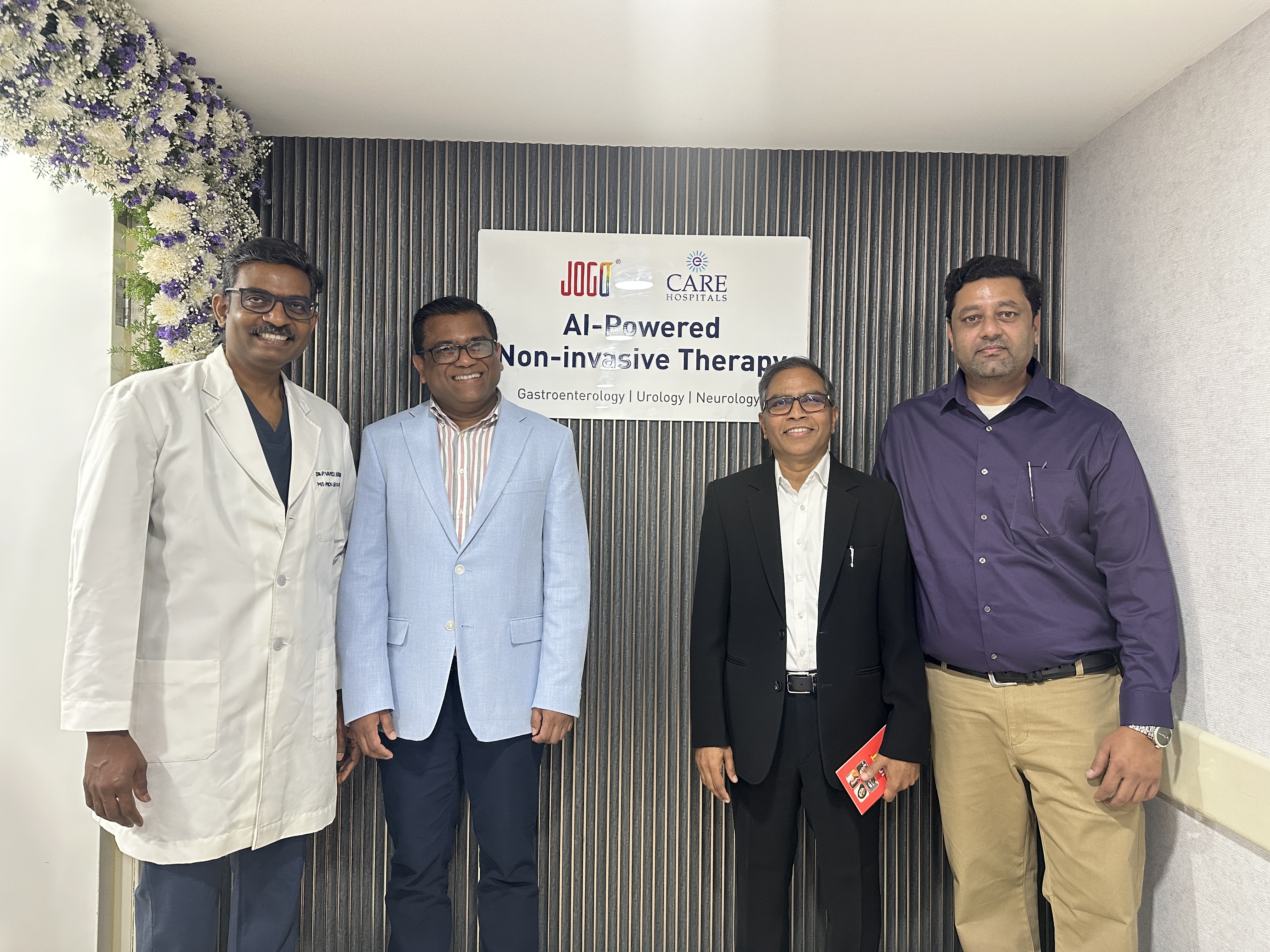



.jpg)